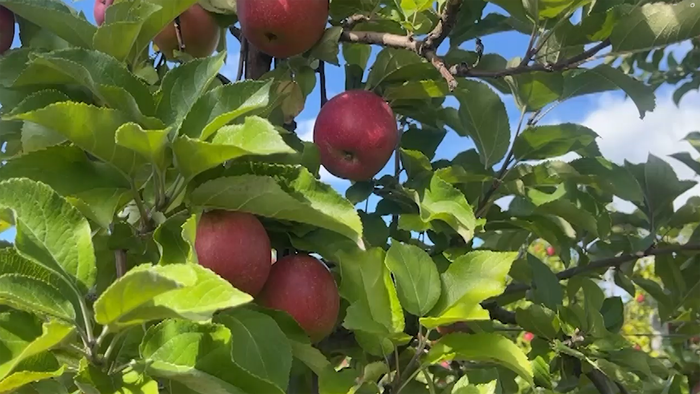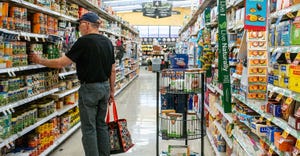thumbnail
Market news
This Week in Agribusiness, April 20, 2024This Week in Agribusiness, April 20, 2024
Mike Pearson is talking clean soil, biodiesel and even a look at what’s going on with the apple industry.
Subscribe to Our Newsletters
BEEF Magazine is the source for beef production, management and market news.






































